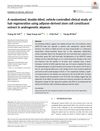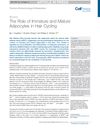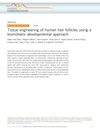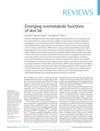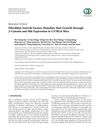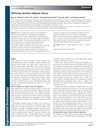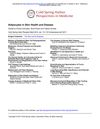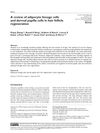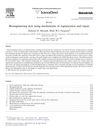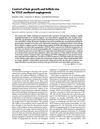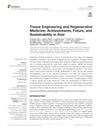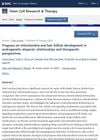Intraoperative Bioprinting of Human Adipose-Derived Stem Cells and Extracellular Matrix Induces Hair Follicle-Like Downgrowths and Adipose Tissue Formation During Full-Thickness Craniomaxillofacial Skin Reconstruction
October 2023
in “
bioRxiv (Cold Spring Harbor Laboratory)
”
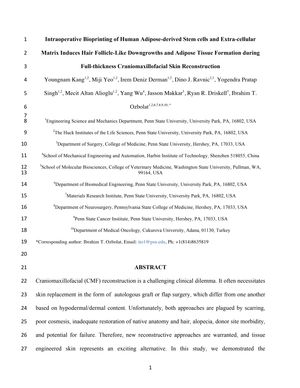
TLDR Printing human stem cells and a special matrix during surgery can help grow new skin and hair-like structures in rats.
In this study, a novel approach to craniomaxillofacial (CMF) reconstruction was tested, involving intraoperative bioprinting (IOB) to repair full-thickness skin defects on immunodeficient rats. The researchers used a bioink made from human adipose-derived extracellular matrix (adECM) and stem cells (ADSCs) to bioprint multiple layers of skin directly in a surgical setting. They found that even a low concentration of adECM (2% or less) could be successfully bioprinted and promoted adipogenesis and the formation of hair follicle-like structures in vivo. The technique led to near-complete wound closure and the development of both adipose tissue and hair follicle-like downgrowths within two weeks, suggesting a promising new method for reconstructing full-thickness skin loss with potential for clinical application.
